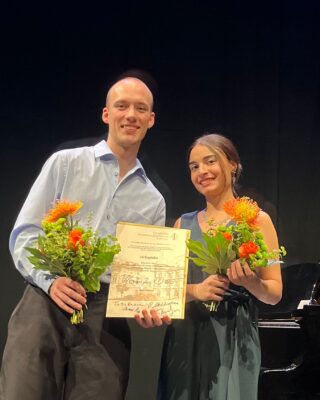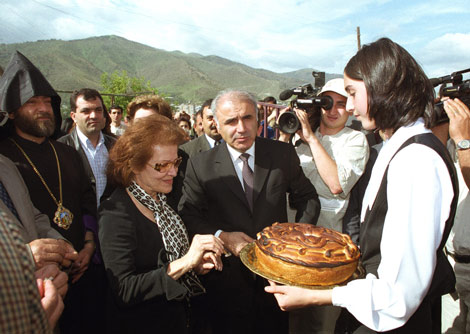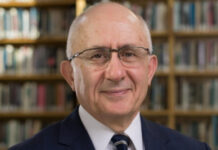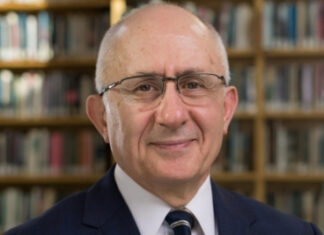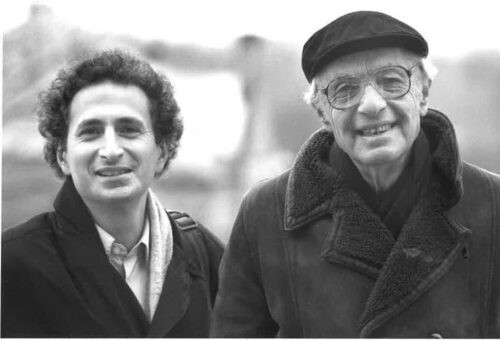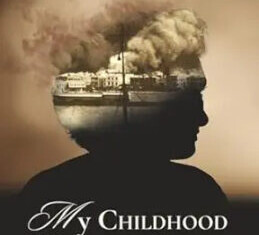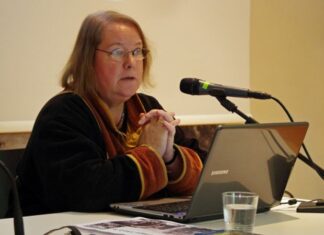GREAT NECK, N.Y. — Sometimes fairy tales don’t come true. The story of Anoush Mathevosian and the Armenian Genocide museum in Washington, DC is one such case.
Anoush’s grandfather was killed in the Genocide, and her father deported to Persia, where he grew up in an orphanage. Anoush was born in Iran in 1926. She and her sister worked hard after coming to the United States, and eventually did well for themselves financially, but she remained troubled by the effects of the Genocide on her family. She said, “Even today I remember that and I suffer for that…When I was 4 or 5 years of age, I would see my father would read papers with tearful eyes. I would ask my mother, ‘why is he crying?’ My mother would say, ‘I can’t explain to you — you are too young, but when you grow older I will explain.’”
She wanted to do something about it. Mathevosian said, “So I decided from early on that I have to find some means for building an Armenian Genocide museum somewhere. It happened that I trusted the Armenian Assembly [of America] and I talked to them. I said I have a small amount of money and I want to raise funds to build an Armenian Genocide museum.” She made a pledge of $3 million in 1996, inspired by Armenian Assembly cofounder and longtime chairman of its board of trustees Hirair Hovnanian. Hovnanian had donated approximately $1.6 million in April 1996 to establish the Armenian National Institute.
Then, Anoush said, “From 1996 to 2000, I was going to Washington DC every month, sometimes twice a month, in search of the proper building.” By late 1999, the Assembly had identified the National Bank of Washington as a possible museum site. It was in the vicinity of the White House. When she saw it in 2000, Anoush recalled, “I was very impressed. I said I have a small amount I will bring to you, and I expect you to raise funds. But it did not happen that way.”
She increased her pledge to 3.5 million dollars to buy this property, the cost of which was 7.25 million dollars, but did not have the funds right away. The remaining money, along with a temporary loan for Mathevosian’s share, was provided by Gerald L. Cafesjian and his foundation. Cafesjian independently had become interested in a memorial to the Genocide, and joined the Assembly as a trustee in 1998.
After the closing, on February 28, 2000, Anoush Mathevosian wrote a letter to the Assembly restating the purpose of her pledge, which, she wrote “is to foster the development of an Armenian Genocide Museum.” She added, “To be certain that future generations remain true to the intent of our donations, it should be clear that no changes will be made to the purpose and usage of the Museum; that no mortgages are taken against the property and that the Museum’s perpetuation is not jeopardized as such or encumbered in any way; and that there will be no subsequent changes to the name of the museum.” She concluded, “I am making this donation in memory of my parents and would like the Armenian Genocide Museum to be dedicated likewise.”
